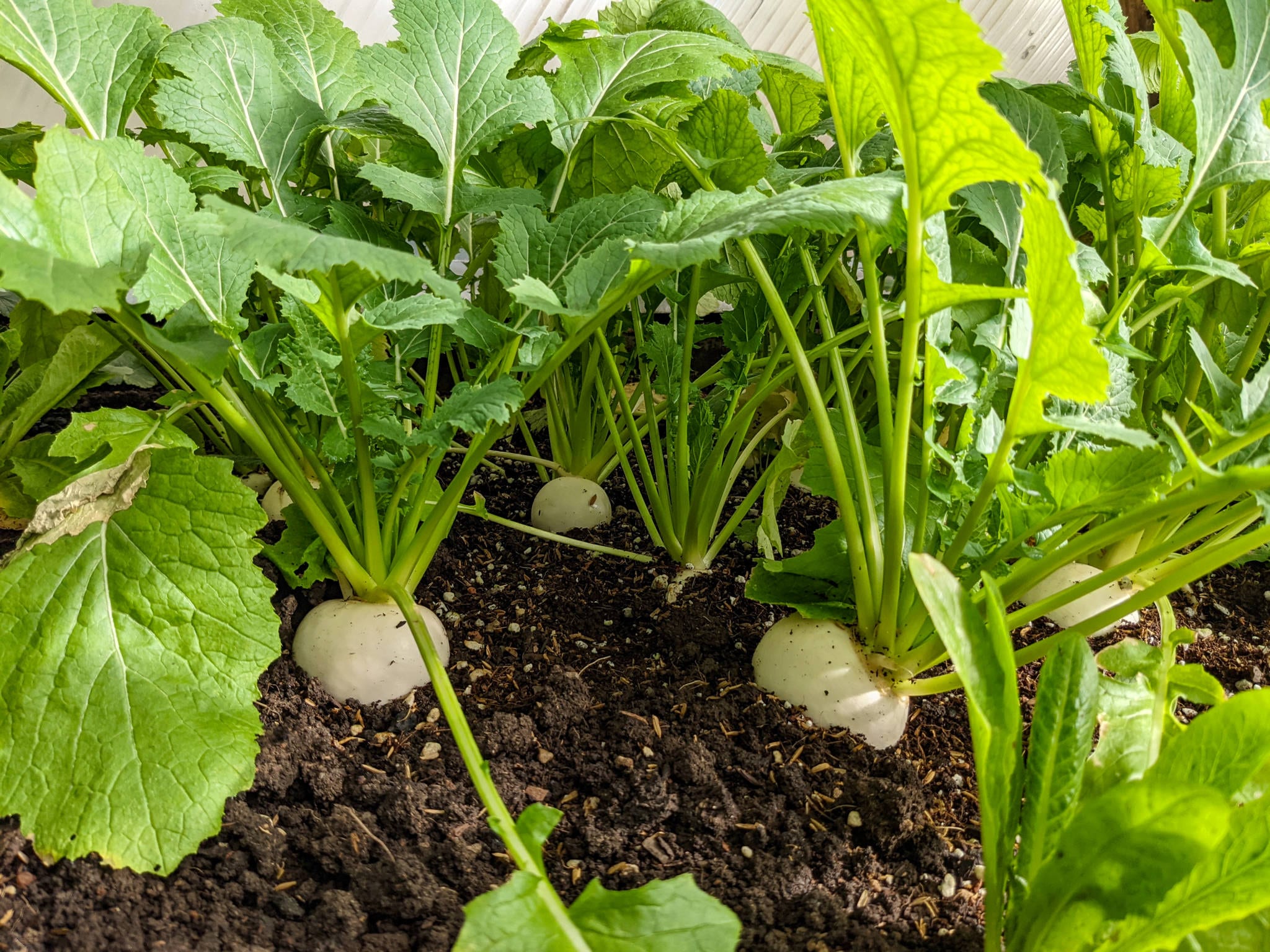
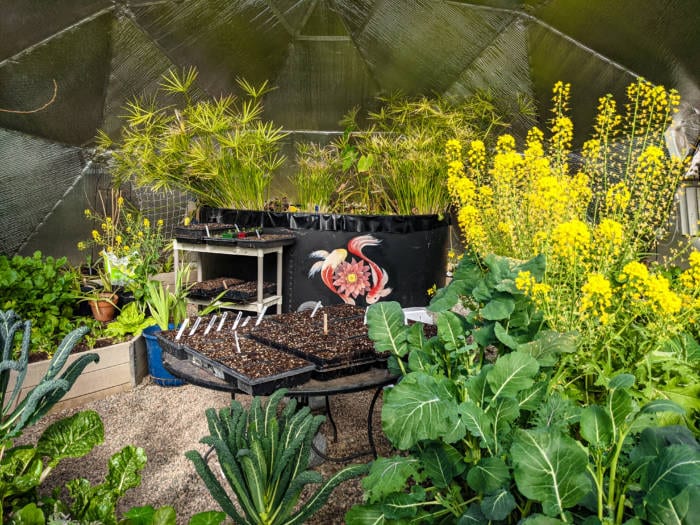
Nurture Your Soil to Keep Your Dome Greenhouse Garden Thriving All Year
It is easy to forget that our garden’s soil is alive with organic matter even when there are not any plants growing in it. Soil provides moisture and nutrients to your plants. But to do so correctly, the soil requires a healthy level of bacteria and fungus, which is better known as mycorrhiza.
Mycorrhiza acts much like probiotics and good yeasts that live in our intestines. They are necessary for digestion and assimilation, immune function, growth, and much more. So, what does this process need to thrive? You guessed it…water. Keeping soil watered adequately through the winter months is essential for soil health. Even if your garden beds are empty.
How to Properly Water in the Winter for Healthy Soil
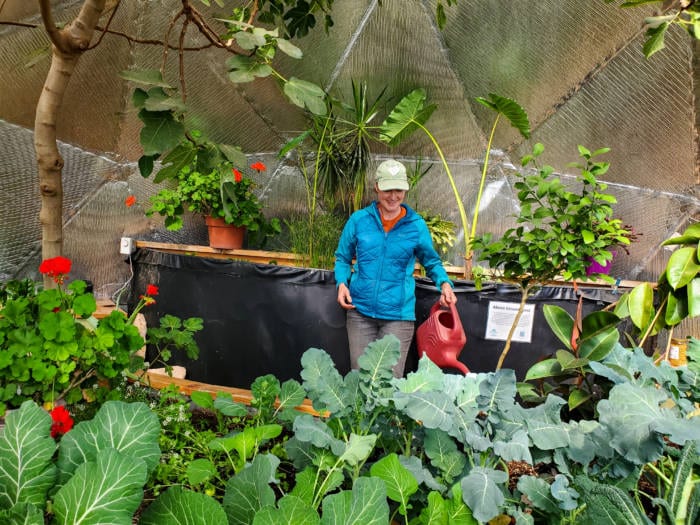
When to Water – Testing the Soil
Testing soil with a simple touch test weekly is the easiest and most accurate way to know how much to water during the ever-changing winter conditions. To check the saturation level, simply insert your finger into the soil no deeper than your first knuckle. Then drag your finger pulling the soil back in a line so you can assess the lower level of the soil.


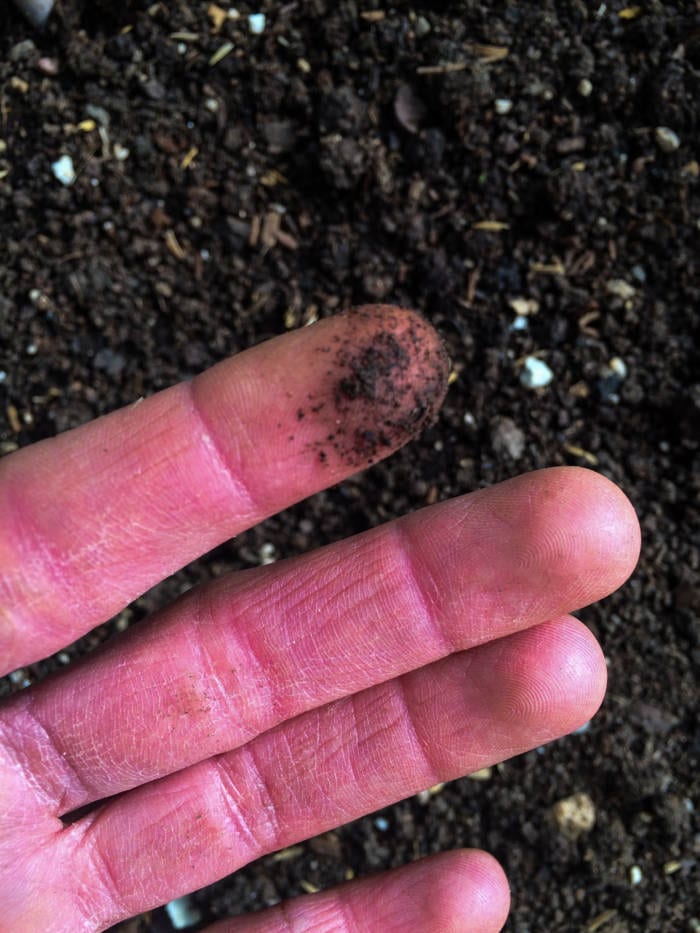
Healthy soil will present itself with a dark color and a moist feel. Moist soil might stick to skin, and it might move, like ours does, with worms and life!
Counteracting Additional Dryness – Sun and Heaters
The perimeter garden beds, and the beds that get the most sun, will naturally dry out faster than the interior raised beds. Although it’s not always necessary, many Growing Dome owners also choose to add supplemental heat to their greenhouses during the winter months. If you choose to heat your Dome, your soil will also dry out faster than if you do not. Testing soil around your dome weekly, and adding water as required will help counteract this additional dryness.
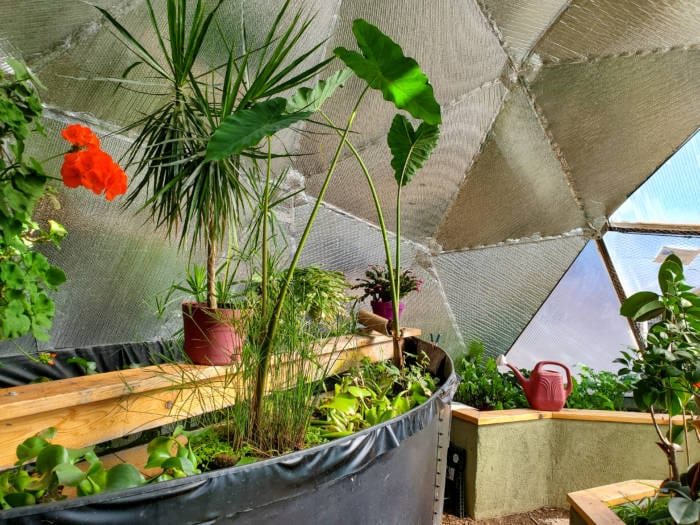
Many gardeners prefer hand watering over using an automated irrigation system in their dome. This provides the added benefit of sensing the health of your plants and your soil. As you water you can run your hands across your plants and feel the moisture.
Maintaining the water level in your pond is also important as the pond is the Growing Dome’s primary thermal mass source, which helps maintain the Dome’s temperature and humidity. It works optimally when full and mostly covered with plants, floating islands, or thermal covers to prevent excessive evaporation, heat loss, and algae growth.
Preparing Beneficial Soil for Springtime
Growing year-round puts additional stress on your soil, and growing plants that require a lot of nutrients to thrive, like heavy feeding summer crops, is also extremely taxing on your soil. They often strip the soil of nitrogen and other vital nutrients. To remain successful with abundant crops and healthy, disease-resistant plants, your soil will require some extra nutrition.
You can see how your soil’s physical quality changes in just one summer if you test your soil weekly. So it is important to amend your soil with organic material, and winter is a great time to do it.
Winter Soil Amendments
You can work in manure like alpaca, llama, bat guano, and rabbit as they are pelletized, naturally making them easier to work with. You can also choose to water in teas from finished compost, castings, manures, etc. Using liquid fertilizers like fish emulsion and seaweed, or any less smelly options, are also effective and generally available at most garden centers.
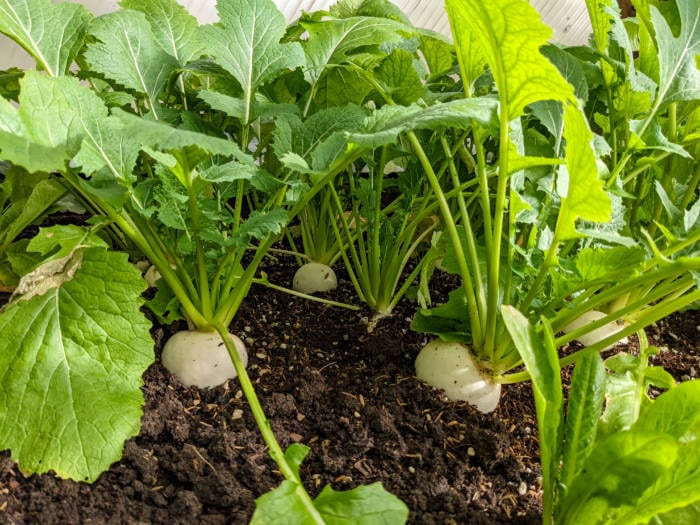
Choosing the Correct Organic Fertilizer
I strongly suggest a basic soil test that provides you with an estimation of your NPK (N=Nitrogen, P=Phosphorous, and K=Potassium) and soil pH levels. You can often find these soil test kits in garden centers and online, or go to your local county extension office for more accurate test results. This will help you make the best choice of fertilizers to improve the soil.
On the package of fertilizer, you’ll see these three values separated by dashes (N-P-K). The numbers of each nutrient indicate the percentage of net weight contained in the fertilizer. For example, a 10-pound bag of 10-10-10 fertilizer contains one pound of each element. The rest is filler, which gives it mass and makes it easier to spread. I also recommend testing again a week after fertilizing to better understand the quantities needed.
In addition to fertilizers, there are also good probiotic mycorrhizae formulas to improve soil health. Your local hydroponic store, garden supply or online will be your options for formulas you can buy. There are granulated and liquid options. Apply in the early spring to prepare the soil for all the new summer crops. Applying weekly in the height of summer will also help your soil thrive throughout the growing season.
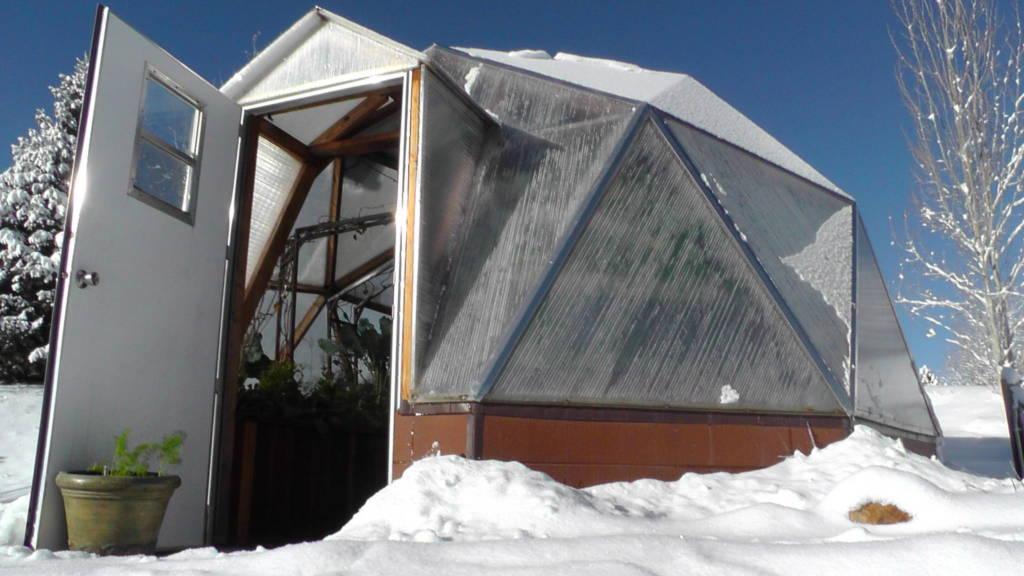
As another option, worms and worm castings, good compost, manures, whey, and anything fermented like fish emulsion and compost teas will also help renew soil life. I like to use several options as we keep our domes in full food production year-round.
Protecting Newly Renewed Healthy Soil
Keeping your garden growing all winter is the easiest way to protect your soil’s surface from direct sun and drying air. Although I don’t use this method, cover cropping can work in a Dome if you chop the top of the plant off when it flowers or simply pull it when it’s time. Turning in may attract decomposers unless you are diligent about burying plant material well below the soil surface.
Some people also like to use old sheets or agricultural row covers like Agribon. We do not recommend using shade cloth in any instance except for growing brassicas and salad greens in the summer. It is useful for protecting winter crops grown in the summer but otherwise can strongly work against you as all summer crops need as much UV as your dome will allow. In cases of mixed crops, we recommend using shade trees, such as fig trees or grow winter crops near your tank where temps stay more regulated.
In conclusion, the following steps will keep your soil fertile throughout the year for an abundant healthy vegetable garden.
Test soil moisture levels regularly.
Keep soil moist.
Amend and renew the soil.
Support soil life with probiotics and good fungus.
Test NPK levels and supplement with organic fertilizer.
Protect soil.
As always, we wish you the greatest gardening experience and look forward to your questions and comments so we can better help you achieve optimal success. Also, refer to my article on Hydrophobic Soil and How To Fix It.
Written By: Heather Gray

I am a gardener and educator here at Growing Spaces. I have farmed and gardened for 27 years in clay, loam, and sand in many different environments. I am certified in Permaculture design and have taught college courses in agroecology. My focus is on Organic, Holistic, Sustainability.
Join the Inner Circle
An exclusive place for year-round gardeners. Join us to receive our monthly newsletter, “The Happy Grower”. In our newsletter we provide community stories, event updates, expert gardening tips, and exclusive offers.
